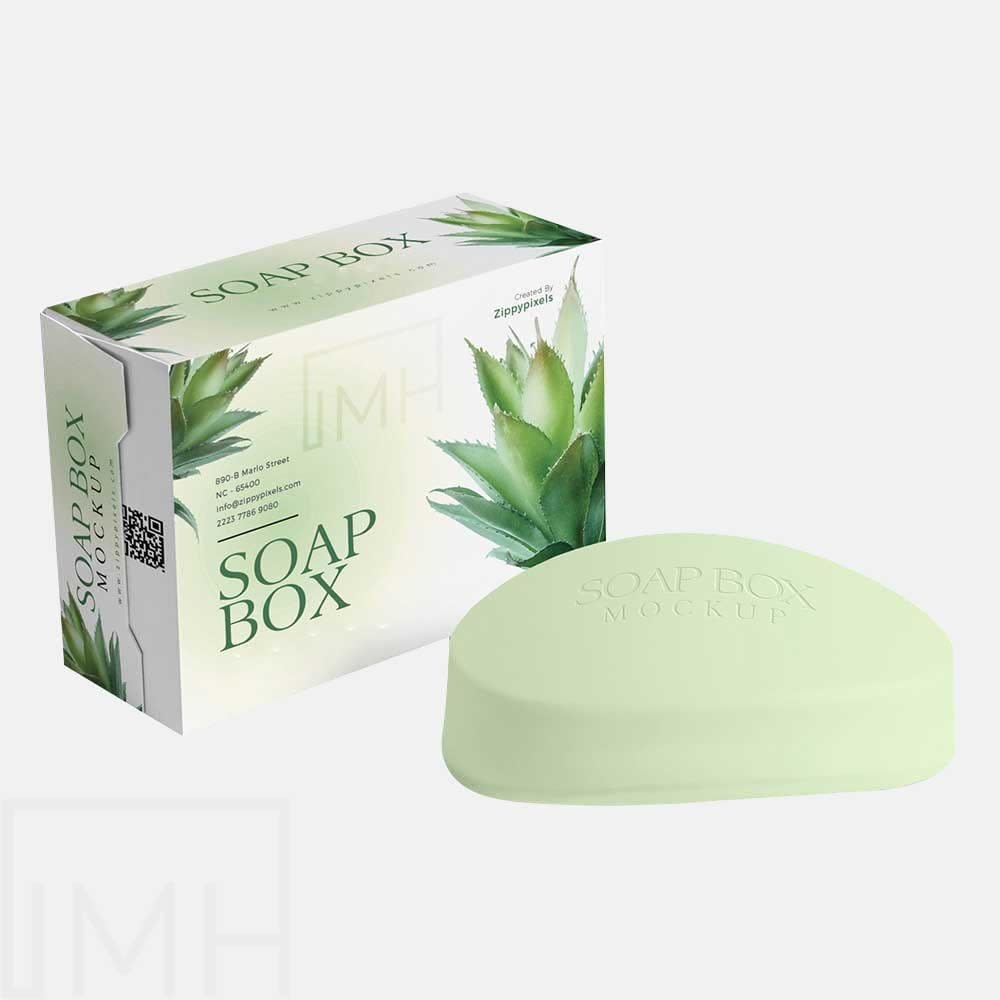How Casting Works: The Magic of Metal Molds

Casting has been used for thousands of years to create objects from a liquid or molten material. The process of casting involves pouring the material into a mold, which then solidifies. Casting is often used to create objects that are difficult or impossible to produce using other methods. This includes items such as statues, jewelry, and cars. Casting is also used in the manufacturing of everyday items such as pots and pans.
The Casting Process: There are three main steps in the casting process: designing the mold, making the mold, and pouring the metal.
Let’s talk about each one of these steps in more detail so that we get a better idea of the overall process.
Table of Contents
Designing the Mold: The first step in the casting process is to design the mold.
Choosing the right material for a mold is important. Some materials are better suited for certain types of casting. For example, a metal mold is better suited for casting metal than a plastic mold. The material you choose will also depend on the size and shape of the part you are casting.
There are a variety of ways to create a mold. One common method is to use a pattern. A pattern is created by carving or machining the desired shape out of a solid block of material. The pattern can then be used to create a mold by pressing it into some type of soft material such as plaster or clay.
Making the Mold: The second step in the casting process is to make the mold.
The most common way to make a mold is to use a rubber mold. The rubber mold is created by pouring a liquid rubber into a cavity that has been created in the shape of the part that you want to cast. The rubber cures and forms a flexible mold. The downside to using rubber molds is that they are not very durable and can only be used a few times.
Another method for making a mold is to use a plaster or sand casting. In this process, the cavity is created by packing sand or plaster around the object that you want to cast. This type of mold is durable and can be used multiple times, but it can be difficult to remove the casting from the mold. There are many metal casting services that you can decide upon if you or your business needs something along these lines.
Pouring the Metal: The third step in the casting process is to pour the metal.
The metal is poured into the mold and allowed to cool. This step is very important because if the metal is not cooled properly, it can cause defects in the casting. The mold must be cooled slowly to avoid these defects.
Finishing the Cast: The fourth step in the casting process is to finish the cast.
After the plaster has set and the cast is dry, it needs to be finished. This includes removing any excess plaster, trimming the cast to the desired shape and size, and sanding any rough edges. If a fiberglass cast is being used, the gel coat needs to be applied.
The final step is to paint or decorate the cast as desired. Some people choose to add designs or stickers, while others prefer to leave it plain.
In conclusion, the casting process is a complex but efficient way to create metal objects. By understanding the different types of molds and alloys, you can create almost any metal object you desire. With the right tools and supplies, you can start casting metal today!











